The mobilization journey of an SSD is an irresistible trend. The replacement of HDD and the revolutionary success of the demise will not be far away. In this storage revolution, in order to realize faster speed and better experience, the interface of SSD is also constantly evolving and reforming. Like mainstream SSD interfaces, there are SATA, M.2, PCI-E, and mSATA. What is the difference between these SSD interfaces and what platform is suitable for them? The 22nd SSD story will be revealed for you.
SATA 3.0 interface: The most common SSD interface at present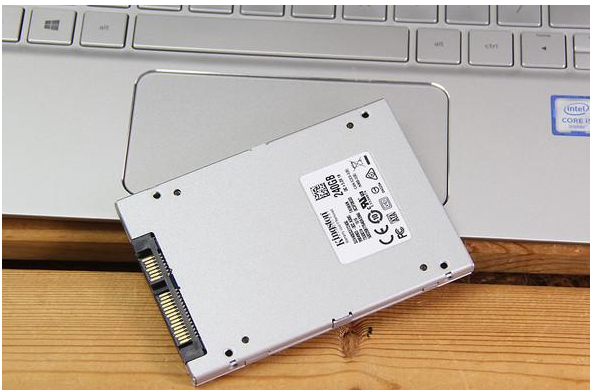
As the most widely used hard disk interface, the biggest advantage of the SATA interface is mature, more compatible devices, and higher popularity.
The SATA interface evolved from the original SATA 1.0. Today's SATA 3.0, ordinary 2.5-inch SSDs, and HDD hard disks all use this interface. The theoretical transmission bandwidth is 6 Gbps, although it is much worse than the 10 Gbps or even 32 Gbps bandwidth of the new interface, but 2.5 is normal. Inch SSDs do not have such a high demand, and more than 500MB/s read and write speeds are sufficient. On the HDD hard disk, 6Gbps bandwidth is far from a bottleneck. Whoever makes the HDD hard disk develop too slowly, and the speed has not changed.
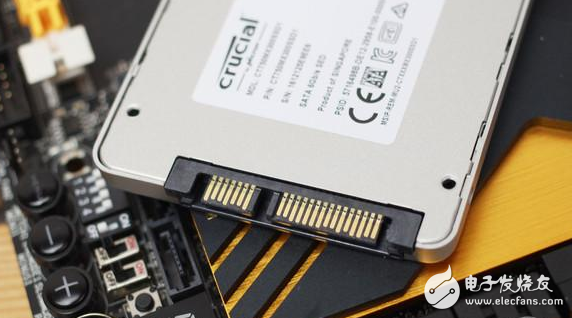
Although the SATA 3.0 interface specifications are outdated, they are still old and can still cook. Ordinary users do not have strict performance requirements. SATA 3.0 will be the mainstream choice for a long time. Speaking of representative SATA SSDs, there are more, Intel 730 series, Samsung 850PRO, Plextor M6Pro and so on. In particular, the Samsung 850 Pro represents the pinnacle of SATA 3.0 SSD performance.
However, with the 2.5-inch size of the notebook's hard drive, plus a large amount of free space after unpacking, we cannot help but wonder why it cannot be made into a small-sized SATA SSD. So there is mSATA.
mSATA interface: little thunder and rain
The history of mSATA is also quite old. In 2009, the "International SATA Association" introduced a product specification under the new Mini-SATA interface controller. The new controller allows SATA technology to be integrated into small-sized devices while mSATA will provide the same theoretical interface speeds of 3Gb/s and 6Gb/s as current SATA interface standards.
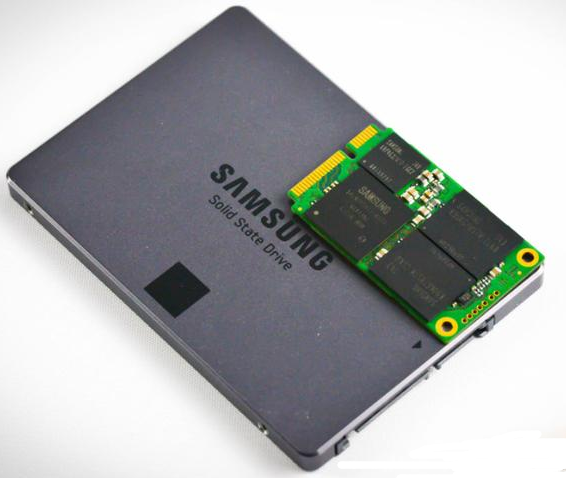
Because of its small size, ultra-thin, and space-saving, Intel has actively promoted mSATA SSDs as a storage device for ultra-thin mobile PCs such as Ultrabooks, and integrated this interface on some motherboards. Due to the adoption of the same transmission standard as SATA 3.0, the performance is guaranteed and the small size has become the preferred SSD level for many notebook hard disk configurations.
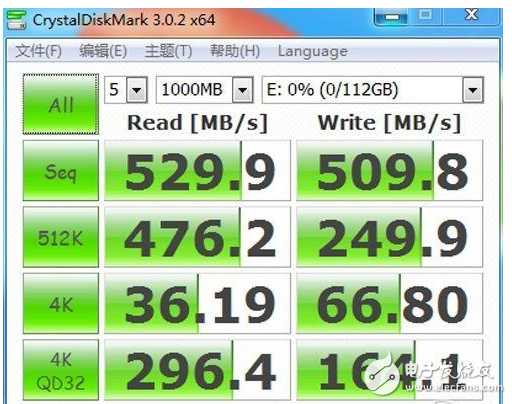
However, mSATA SSD products are not as popular as they were originally expected. Because of the limited area and limited number of particles, the performance and capacity are difficult to match with the current 2.5-inch SSD. At the same time, the small size brings about high prices. In addition, the development of the SSD was not yet mature, the capacity and price ratio was low, and the bright spots were not enough to attract users to purchase. Finally, the mSATA SSD has fallen into the sale of the second-hand market.
No matter what type of SATA 3.0 interface, the barrel effect caused by the short board speed is more and more obvious. The market is eager to break through the 6Gbps bandwidth I/O interface to meet the user's demand for high-speed SSD performance. So, a few years ago opened a new interface to replace the SATA 3.0 rhythm. So who will be the son of heaven?
SATA Express: advanced cancerIn order to break through the bottleneck of SATA 3.0 and provide compatibility with previous SATA devices, the SATA standard setter, the SATA Association, has developed a new disk interface called SATA-Express.
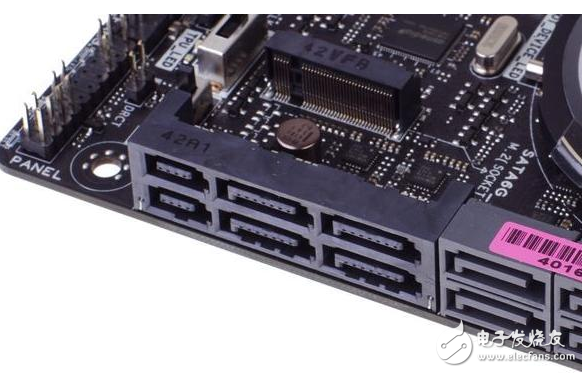
As the name implies, SATA-Express is a hybrid of SATA interface + PCI-Express. Its theoretical bandwidth is 10Gbps, which is 4Gbps higher than SATA3.0. It is compatible with old SATA standard hard disks, and can also use high-speed SSD with SATA-Express interface. Each SATA-Express interface can accept one SATA-Express hard disk or two SATA hard disks.
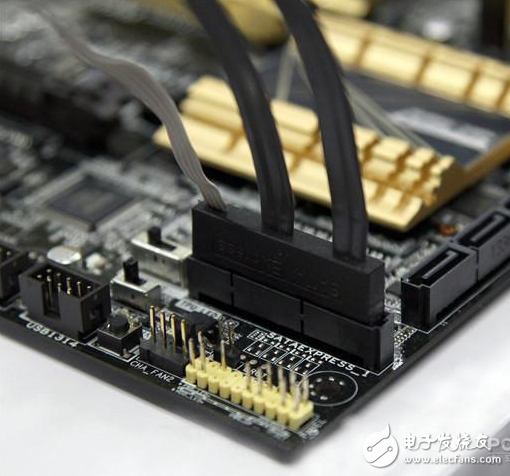
Due to the lack of native support, the main control chips of the 9 series SATA-Express interface are currently provided by third-party chips. At the same time, the theoretical bandwidth is not much higher than SATA 3.0, but also occupies valuable board space and interface space. So, we are seeing less and less SATA Express now.
M.2 Interface: Liu Minghua Mingyou VillageWool on the sheep, in the era of Intel's main push Ultrabook, has been issued to meet the ultra-thin space of the storage interface standards and the corresponding SSD design standards. Due to many weaknesses of mSATA had to allow Intel to reposition the storage devices under the ideal framework, Intel also realized that the mSATA interface could not meet the current development needs. At IDF in 2012, it proposed to promote NGFF (Next Genera Form Form) technology. The standard SSD meets the needs of a new generation of ultrabooks by further reducing the thickness while increasing the transmission speed.
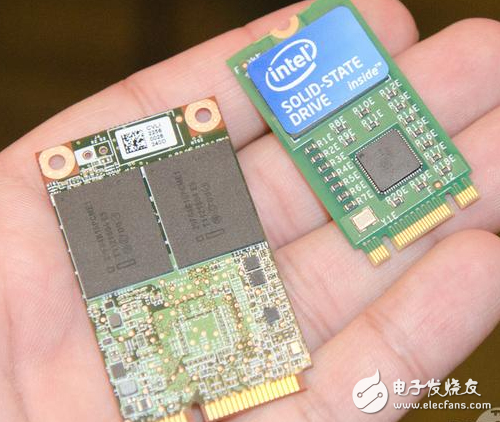
Because the NGFF is not concise enough, the M.2 interface is later compared to the SATA interface. The M.2 interface has more advantages in terms of transmission bandwidth, capacity, and thinness characteristics. At present, the M.2 interface is no longer confined to ultrabooks, and it is equally challenging in the area of ​​DIY installations. As early as the Intel 9 series motherboard is equipped with M.2 interface, up to now 100 series motherboards, almost became the standard.
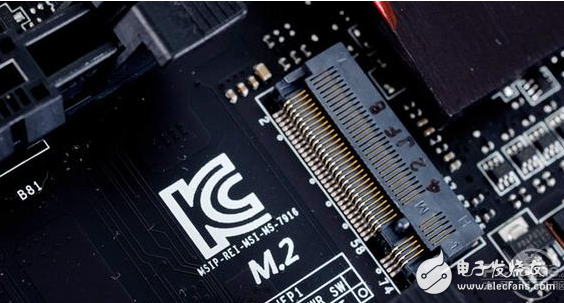
Why M.2 can lead the SSD speed revolution? The reason is that the M.2 interface takes the PCI-E channel instead of the traditional SATA channel. We know that mainstream motherboards have plenty of PCI-E channels, which means that multiple channels can achieve ultra-high bandwidth. This is why the PCI-E channel can be the interface standard for next-generation SSDs.

In terms of size, M.2 has three specifications of 2242, 2260, and 2280, which are determined by dividing products of different lengths. Different length means different capacity. Because the longer the length, the more flash particles that can be placed, the greater the capacity. Take M.2 2242 as an example. 22 is 22mm in width and 42 is 42mm in length. 2260 and 2280 are the same. Therefore, you should also look at the length of M.2 SSD that your device supports.
Currently, the M.2 interface is subdivided into two types: Socket 2 and Socket 3. Socket 2 takes SATA channels and PCI-E 2.0 x 4 channels, and the maximum theoretical read/write speed reaches 700MB/s and 500MB/s, respectively.
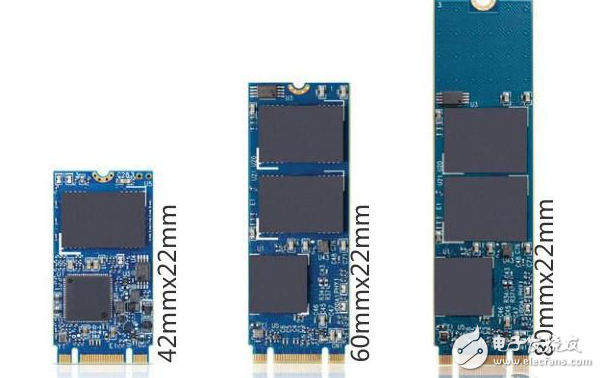
Socket 3 is designed for high-performance storage, PCI-E 3.0 x 4 channels, speeds up to 32Gbps, close to 4GB/S of bandwidth, 5 times faster than SATA.
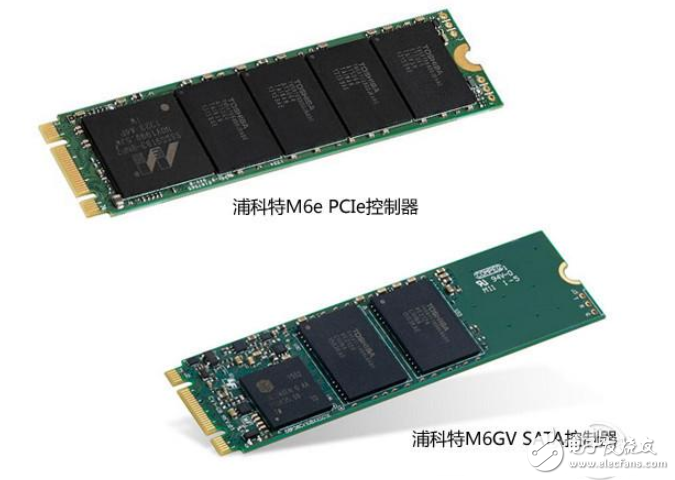
It should be noted that Socket 2 supports two kinds of channels: SATA and PCI-E. For example, Plextor M6e supports a high-speed PCI-E x2 memory interface, and the same Plextor M6GV with M.2 interface uses SATA storage interface. Therefore, there is definitely a difference in performance.
As for Socket 3, in addition to taking the PCI-E 3.0 x 4 high-speed channel to achieve ultra-high transmission speed, it is also necessary to solve the problem of delays left behind by mechanical hard disks (speed and delay are large-capacity performance indicators of hard disks). We know that the three factors that cause delays in the storage of hard disks are the storage media itself, controllers, and software interface standards. As a result, NVMe, the new transmission protocol affecting the next generation of SSDs, took the place of AHCI.
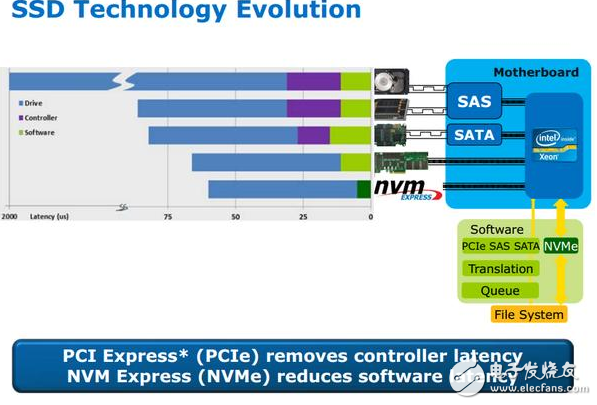
NVMe transmission protocol is a new transmission protocol developed based on the characteristics of flash memory, and it understands SSD better than AHCI. It allows the hard disk to be directly connected to the CPU through the PCIe interface instead of the traditional way. It transits through the south bridge controller and then connects to the CPU, so that the SSD will have faster transmission speed and lower data delay.
In addition, the number of NVMe queues has also increased by 64,000 from AHCI 1, which has greatly improved the IOPS performance of SSDs; it also includes automatic power state switching, dynamic power management, and drive-free function. and many more.
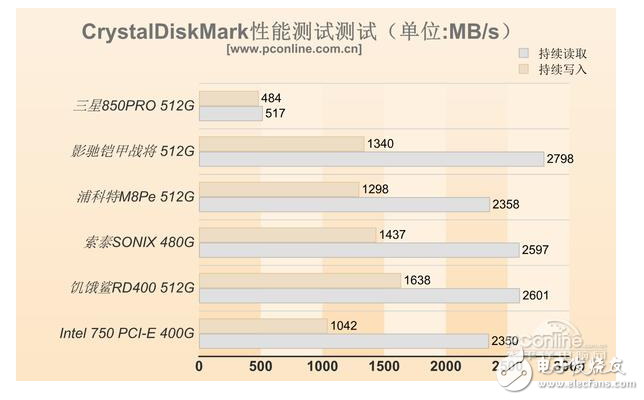
Taken together, the M.2 SSD performance of Socket 3 interface far exceeds any current interface standard SSD, such as the Samsung 950PRO 256G M.2 SSD, and the read and write performance reaches terrible 2300MB/s and 951MB/s. SATA SSD throws aside. To facilitate the categorization, we will make these high performance M.2 SSDs NVMe M.2 SSDs.
With performance blowouts, ubiquitous prices, and high prices, NVMe M.2 SSD has become the vane of SSD development in the future. At present, many SSD vendors have already followed this market, so be sure to share this big cake. We believe that the future belongs to NVMe M.2 SSD.
PCI-E Interface: The other side of M.2I believe that in the evaluation of the previous Intel 750 series SSD, everyone had a taste of the power of this performance monster. The PCI-E interface it brings in makes the whole SSD community realize its life in an instant.
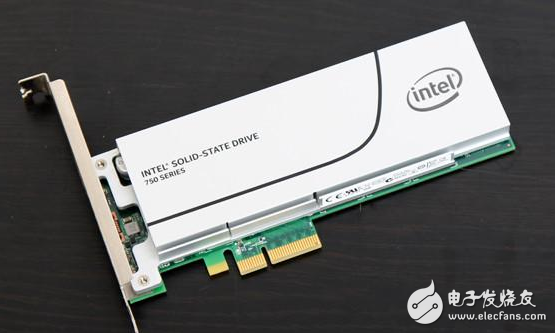
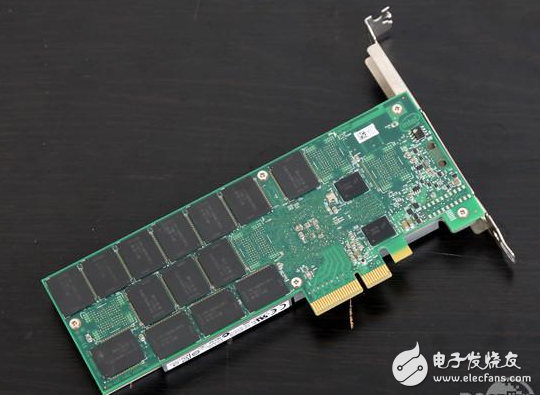
In fact, PCI-E SSD is not a black technology, because it originally went PCI-E 3.0 x4 channel, and supports the NVMe interface standard. In other words, the PCI-E SSD is more authentic than the M.2 SSD. For example, the Intel 750 is a pure PCI-E SSD.
Of course, there are also some vendors that switch M.2 SSDs to PCI-E riser cards with M.2 interfaces to implement PCI-E SSDs, such as Plextor M8Pe 512G and Hungry Shark RD400 512G. Because of the same interface standards, the performance is the same. So we just said that the PCI-E interface is actually the other side of M.2.
U.2 Interface: On the importance of cognac?
U.2 interface, originally called SFF-8639, was promoted by Intel. Essentially SATA Express, while the SATA-E physical interface is modified through the SATA 6Gbps interface, somewhat similar to the SAS interface. It uses two SATA 6Gbps interfaces and a mini-SATA interface with only 4pin pins. The small interface can only connect to the PCI-E cable. The biggest benefit of doing so is to maintain backward compatibility because of the current number of SATA E hard disks. It is too little and too little.
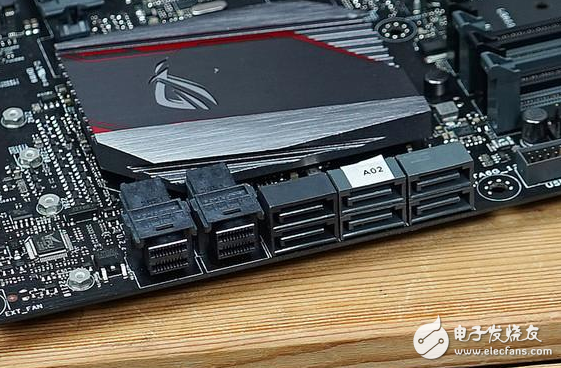
U.2 interface design is similar to SATA-E. It uses existing physical interfaces as much as possible, but the bandwidth is faster, from PCI-E x2 to PCI-E 3.0 x4. In addition, many new protocol support are added. Such as NVMe, these are not SATA E interface. It can be said that U.2 is actually the complete body of SATA E.
The U.2 device interface incorporates the features of the SATA and SAS interfaces. The vacancy left by the SATA interface is filled with pins in the middle, and an L-shaped fool-proof design is reserved. Therefore, it is compatible with the SATA, SAS, and SATA E specifications. One end is a mini SAS (SFF-8643) interface, and the U.2 line on the device end is connected to the SATA power supply, and one end is connected to the data port of the U.2 hard disk.
U.2 interface's biggest feature is to support NVMe standard protocol, high-speed low-latency low-power, bandwidth take PCI-E 3.0 x4, theoretical transmission speed up to 32Gbps, and SATA only 6Gbps, as much as 5 times faster than SATA.
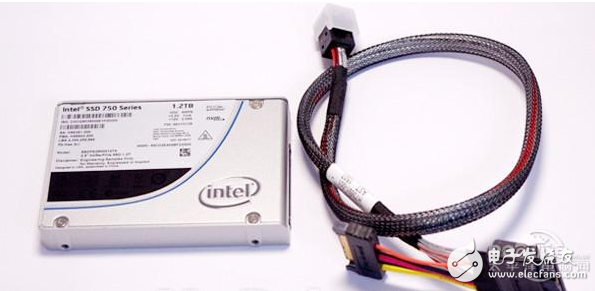
At first glance, do you think the U.2 interface is similar to the aforementioned M.2 interface? In fact, they use similar standards, and so have similar names for U.2 and M.2. However, unlike M.2, U.2 faces large-size hard disks.
Due to reasons of origin, the U.2 SSD has a size of 2.5 inches, which is better compatible with current SATA3.0 interface SSDs, and is suitable for mainstream notebooks and desktop computers. But the downside is that currently the U.2 interface SSDs are relatively few and are still waiting for maturity.
Unfortunately, Intel and motherboard makers began to push smaller and larger M.2 SSDs in the 100-series chipset and led the consumer trend. There are not many motherboard manufacturers willing to invest in R&D costs to the new motherboards. Although they have the same good performance as M.2, they are not dried up and their future is uncertain.
Summary: Choose the SSD according to your needsToday Xiaobian probably introduced the mainstream SSD interface. In fact, in the era of this unified standard, the SSD that will eventually remain the long-term mainstream will not be left without a surprise. SATA began to decline, M.2 was constantly on the top, and with the pushing of manufacturers, we believe that the future may be the world of M.2 SSD.
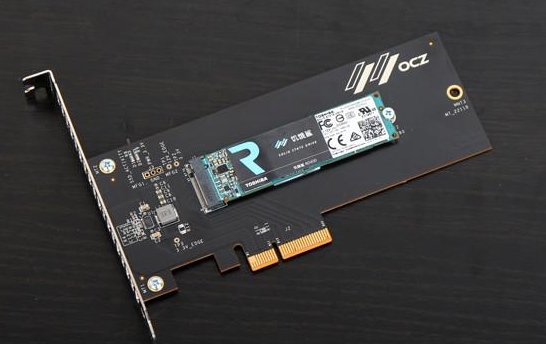
Therefore, if we plan to purchase SSDs, we must gradually change the mindset of non-SATA SSDs. The mainstream SSDs in the future are bound to break through the 6-Gbit/s bottleneck that has occupied several years. We expect smaller sized, higher-performance, and higher-capacity SSDs to become our mainstream choices.
Finally, we have done a brief summary of which platforms are more suitable for which SSDs?
Adaptation of platforms and different interface SSDs
SATA interface Some old platforms, such as the 6 series, 7 series or even 8 series motherboards, it is recommended to buy the SATA interface for the upgrade, which has strong versatility and is backwards compatible with SATA2.0. The old platform is most suitable.
mSATA interface basically this type of interface is being eliminated, but also relatively few manufacturers push new products, are selling some old products in stock, like the 9 series, 100 series motherboards are no longer equipped with mSATA interface, only some old platforms, notebooks, The original with mSATA interface, you can consider when upgrading the purchase.
SATA Express interface ignores it, there is no compatible support, and there is no product
M.2 interface This kind of interface is now relatively hot, and there are many products. The price is not much different from that of ordinary SATA SSD. If you have a new installed user, and the motherboard is equipped with an M.2 interface, you are recommended to buy the M.2 SSD. , like Intel 600 series, fast, cheap, no reason not to choose.
PCI-E interface PCI-E SSD is currently relatively high-end positioning, the price is also high, if it is low-end platform is not recommended to buy, one comes with the platform's own PCI-E slot is relatively limited; Second, the cost of The problem is that an SSD is equivalent to a complete platform and is not worth it. Of course, if your platform is high-end, not bad money, then you may wish to try these performance monsters, must surprise you.
U.2 Interface At present, the U.2 interface is still in the "concept" stage, with less motherboard support and fewer U.2 SSDs. Currently, U.2 SSD is rarely seen on the market.
Building wire is an electrical wire that is used in the construction of buildings. It is a type of electrical wire that is designed to be used in the wiring of buildings, including homes, commercial buildings, and industrial facilities. Building wire is typically made of copper or aluminum and is available in a variety of sizes and types, including solid and stranded wire.
Building wire is used to carry electrical power from the source to the electrical devices and appliances throughout the building. It is typically installed in walls, ceilings, and floors, and is designed to be safe and reliable. Building wire is also used in the installation of electrical systems, including lighting, heating, and cooling systems.
Building wire is an essential component of any electrical system, and it is important to choose the right type of wire for your specific needs. When choosing building wire, it is important to consider factors such as the size of the wire, the type of insulation used, and the voltage rating of the wire. It is also important to work with a qualified electrician to ensure that the wire is installed correctly and safely.
Building Wire,Pvc House Wiring Cable,Electric Copper Conductor Pvc Coated Wire,Electric Copper House Wiring Cable
Ruitian Cable CO.,LTD. , https://www.hbruitiancable.com